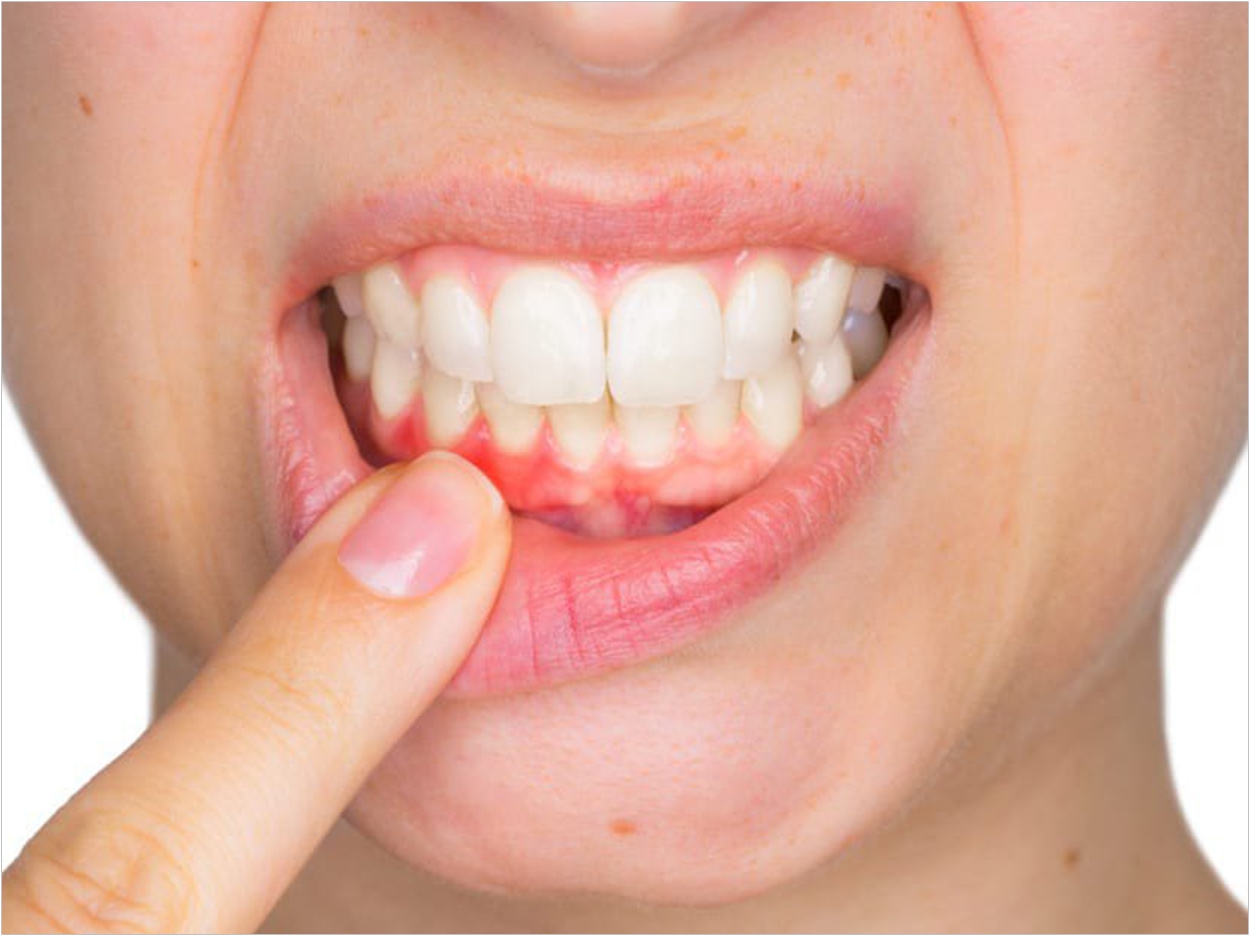
The European Federation of Periodontology (EFP) has published the first evidence-based treatment guidelines for gum disease, which affects 50% of all adults, according to the organization.
Severe periodontitis is the sixth most common disease worldwide, the EFP said. If left untreated, inflammation spreads to the ligament and bone supporting teeth, causing loose and lost teeth.
“Periodontitis is a devastating condition which leads not only to pain and soreness in the gums, but also to chewing problems, unpleasant changes to tooth length and position, poor self-esteem, withdrawal from social activities, and an increased risk of other inflammatory conditions including diabetes,” said professor Mariano Sanz, EFP Workshop committee chair.
“These guidelines outline how to manage this disease, since in the early stages its treatment is straightforward, and the consequences are minor,” said Sanz.
The EFP’s guidelines advise four sequential steps to therapy:
- Good oral hygiene and a healthy lifestyle to reduce inflammation is the foundation for an optimal response to treatment and long-term control of the disease. This includes professional removal of bacteria (plaque and tartar) from the parts of the teeth visible above the gumlines.
- Thorough professional cleaning of root surfaces below the gumline and additional therapies if needed.
- More complex treatments such as surgery may be needed in some but not all patients.
- Long-term supportive care to prevent relapse, with healthy lifestyles, good oral hygiene, and checkups with cleaning.
The steps overlap, and good oral hygiene is essential throughout, said Sanz.
“Professional cleaning is only effective if patients clean their teeth thoroughly, and surgery is not recommended in those with poor oral hygiene,” Sanz said.
“A healthy lifestyle is crucial. Periodontitis is a chronic inflammatory disease, and conditions that raise inflammation in the body make it worse—for example, obesity, smoking, and poorly controlled blood sugar in diabetes. Good nutrition and physical activity can combat inflammation,” Sanz said.
“Periodontitis is caused by a buildup of oral bacteria, which triggers a damaging immune response rather than a protective one, and one that destroys tooth-supporting bone as well as bacteria,” said professor Iain Chapple, guideline chair.
“The misdirected immune reaction is partly genetically inherited, but largely driven by habits like smoking and high refined sugar intake, and it really takes hold when oral hygiene habits are poor,” said Chapple.
“Long-term sustainable success requires improving oral hygiene and lifestyle habits and there is rarely a need for specific medications, such as antibiotics,” said Chapple.
A powerful motivator to improve oral hygiene is showing patients visual evidence of their periodontitis such as an X-ray of their teeth, the EFP said, explaining why they are susceptible, and what they can do.
“After successful treatment, patients who take control of their oral health and lifestyle can halt periodontitis in its tracks and keep their teeth for life,” said Chapple.
The main objective of therapy is to prevent tooth loss, the EFP said. Quality of life is another goal, which means having teeth that are comfortable to use, or not too wobbly, as well as pain-free eating and an enhanced appearance.
“Successful treatment transforms people’s lives. They become more confident, smile, and go out more,” said Chapple. “It also improves overall health by stopping oral bacteria from entering the blood and raising inflammation levels throughout the body, which negatively affects other conditions like diabetes.”
The guideline, “Special Issue: Treatment of Stage I-III Periodontitis. The EFP S3 Level Clinical Practice Guideline,” was published by the Journal of Clinical Periodontology.
Related Articles
Gum Disease Associated With Mild Cognitive Impairment and Dementia
Grants to Support Thrush and Periodontitis Prevention Research
Periodontal Disease May Raise Risks of Oesophgeal and Stomach Cancer












